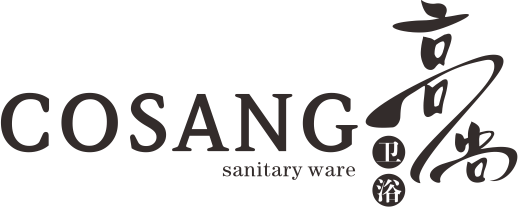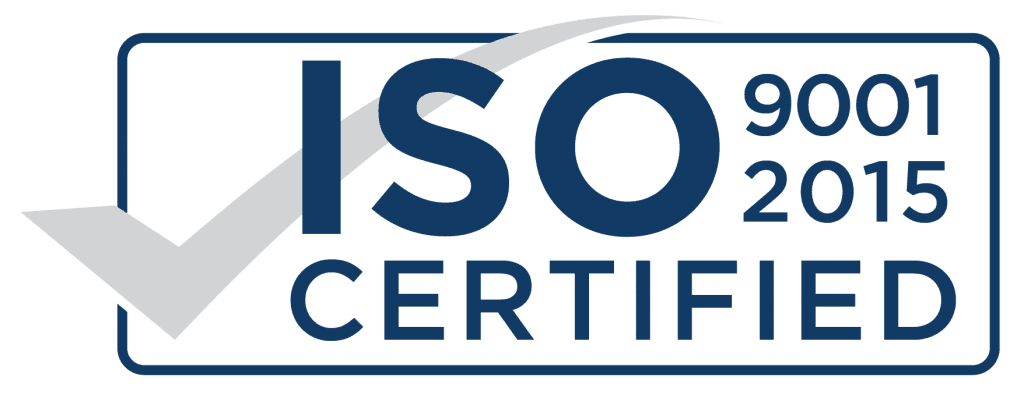
In today’s interconnected world, expanding your bathroom product business into international markets presents significant growth opportunities. The global demand for high-quality, innovative bathroom fixtures and accessories continues to rise, driven by increasing urbanization, rising disposable incomes, and evolving consumer preferences. However, entering global markets is fraught with challenges that require careful planning and strategic execution. This comprehensive guide highlights the key considerations brands and manufacturers should keep in mind to succeed in exporting bathroom products internationally.
1. Understanding Market Demand and Consumer Preferences
The first critical step in international expansion is thorough market research. Different regions have diverse tastes, functional requirements, and aesthetic preferences. For example, European markets may prioritize sleek, minimalist designs and water efficiency, whereas Middle Eastern consumers might favor luxurious fixtures with ornate details.
Conduct studies on:
- Market Size and Growth Potential: Identify countries with rising construction activity, renovation trends, or increasing urban development.
- Design Trends: Understand regional preferences for styles, colors, and materials.
- Consumer Needs: Consider factors like water-saving features, durability, ease of installation, and maintenance.
- Regulatory Standards and Certifications: Ensure your products meet local quality, safety, and environmental standards.
2. Compliance with Local Regulations and Certifications
Navigating regulatory landscapes is crucial. Many countries enforce strict standards for plumbing and sanitary products to ensure safety and environmental compliance. Examples include:
- Water Efficiency Regulations: Some jurisdictions require products to meet specific water-saving standards.
- Material Certification: Regulations on non-toxic materials and lead content.
- CE Marking (Europe), WaterSense (USA), and other certifications signal compliance and build trust with consumers.
Before exporting, ensure that your products are tested, certified, and labeled according to the target market’s requirements. Working with local consultants or testing agencies can streamline this process.
3. Product Adaptation and Localization
While maintaining your core product quality, some adaptations may be necessary:
- Design Adjustments: Tailor products to regional aesthetics or functional preferences.
- Size and Specifications: Variations in plumbing sizes and standards may require product modifications.
- Packaging and Labeling: Use local languages, measure systems, and culturally relevant visuals.
- Installation Guidelines: Provide instructions that align with local building codes and practices.
Localization enhances customer acceptance and reduces installation issues, creating stronger brand loyalty.
4. Developing an Effective Distribution and Supply Chain
Efficient logistics are vital for timely delivery and product availability. Consider:
- Distribution Channels: Partner with local distributors, retailers, or establish your own subsidiaries.
- Inventory Management: Determine optimal stock levels to meet demand without overstocking.
- Shipping and Customs: Understand international shipping regulations, tariffs, and duties that impact costs.
- Warehousing: Strategic placement of warehouses can reduce lead times and transportation costs.
Building solid relationships with local partners or agents who understand the market dynamics can facilitate smoother operations.
5. Pricing Strategies and Payment Terms
Pricing must account for:
- Manufacturing and Shipping Costs: Ensure your pricing covers all costs with a reasonable profit margin.
- Competitor Pricing: Analyze local competitors to position your products competitively.
- Market Purchasing Power: Adjust prices according to the economic condition and consumer spending capacity.
- Payment Terms: Establish secure, flexible payment options, considering local banking and currency exchange practices.
Transparent and fair pricing fosters trust and encourages purchasing decisions among international clients.
6. Marketing and Brand Positioning
Effective marketing strategies tailored to each market are crucial:
- Brand Awareness: Invest in local advertising, trade shows, and digital marketing campaigns.
- Product Differentiation: Highlight unique features such as eco-friendliness, innovative technology, or durability.
- Online Presence: Optimize your website for local languages and SEO; leverage social media platforms popular in target regions.
- Customer Support: Provide localized after-sales service, warranty support, and technical assistance.
Building a strong brand reputation helps in gaining trust and expanding customer base.
7. Cultural Sensitivity and Business Etiquette
Understanding cultural nuances and adapting your business approach accordingly can improve negotiations and partnerships:
- Respect local customs and communication styles.
- Adjust your sales approaches to align with regional business practices.
- Engage local professionals or consultants to bridge cultural gaps and facilitate relationships.
8. Legal and Contractual Considerations
Protect your business interests through proper legal arrangements:
- Export Contracts: Clearly define terms, conditions, warranties, and after-sales support.
- Intellectual Property: Register trademarks and patents in target markets to prevent infringement.
- Dispute Resolution: Choose dispute settling mechanisms suitable for both parties.
- Insurance and Risk Management: Insure shipments against loss or damage; consider political risk insurance if applicable.
Consulting legal experts specializing in international trade is recommended to navigate complexities.
9. After-Sales Service and Building Relationships
Post-sale support fosters customer loyalty:
- Provide timely technical support and troubleshooting.
- Offer warranties compliant with local regulations.
- Gather feedback to improve products and services continually.
- Establish channels for ongoing communication.
Strong relationships encourage repeat business and positive word-of-mouth.
Conclusion
Expanding into global markets is an exciting opportunity for bathroom product manufacturers and exporters. Success hinges on comprehensive market research, compliance with regulations, product localization, effective logistics, strategic pricing, and robust marketing. Coupled with cultural sensitivity, legal savvy, and excellent after-sales support, these considerations can turn international expansion into a sustainable growth engine.
Preparation, adaptability, and strategic partnerships are key. With diligent planning and execution, your bathroom products can make a splash worldwide, capturing new markets and elevating your brand on the global stage.






